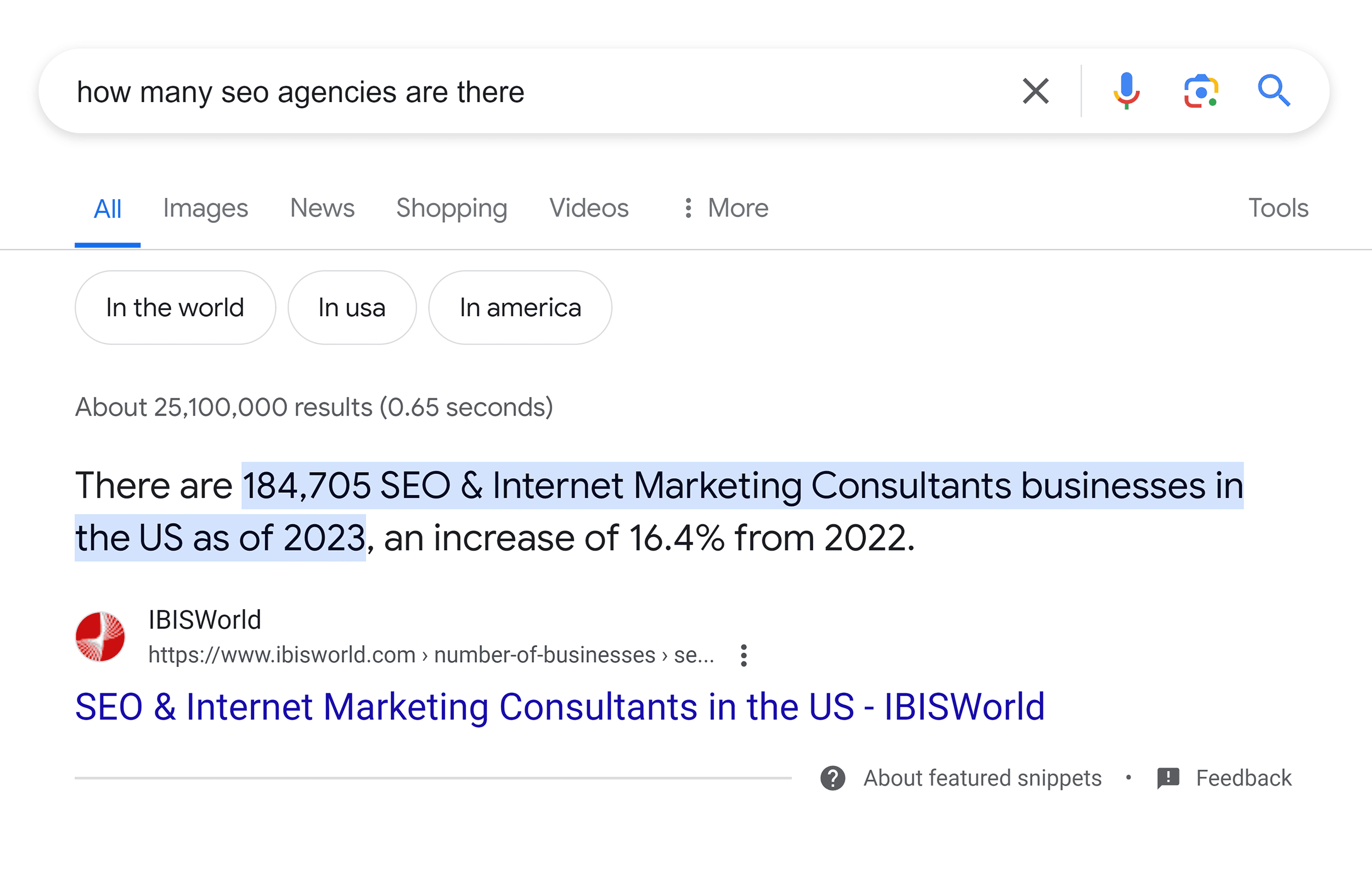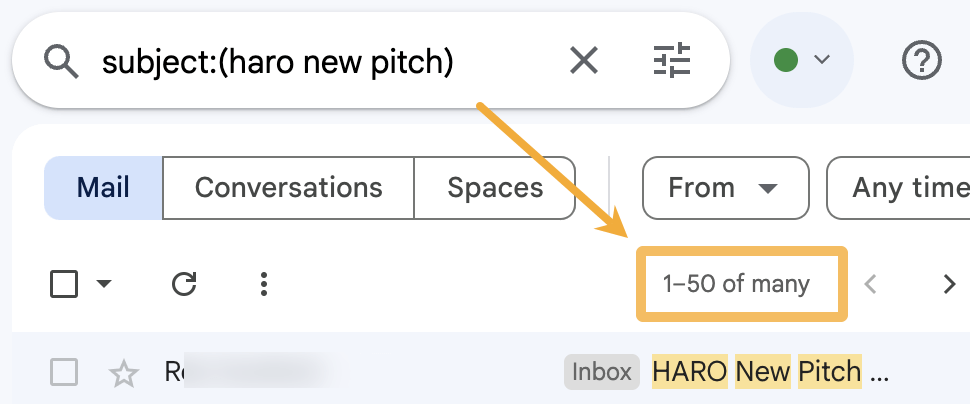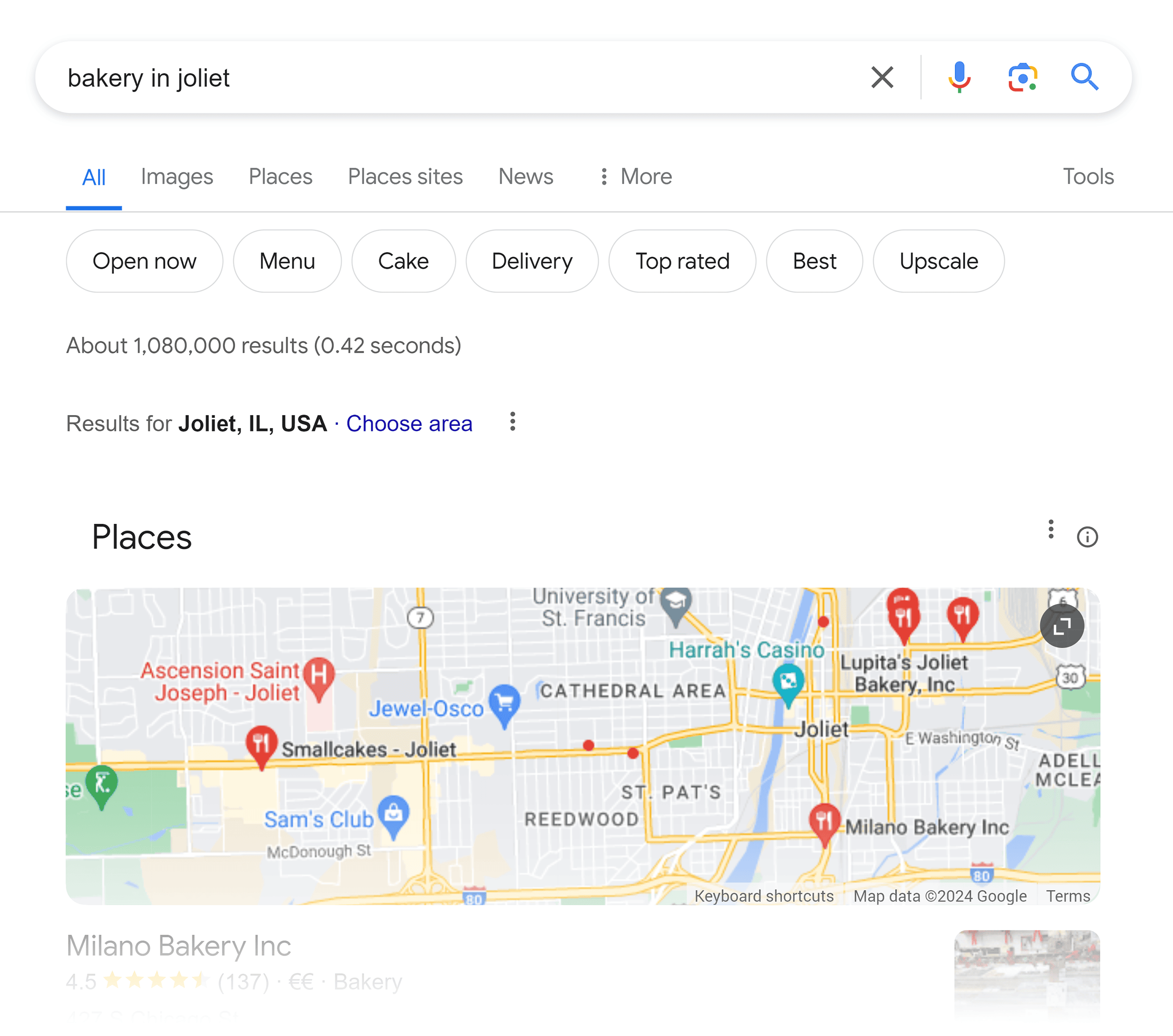All clients review agencies for “fit.”
They line up the RFP cattle call, or back-to-back meetings between a handful of agencies to contrast and compare.
However, almost zero agencies review clients in return.
Instead, they’re too eager, living hand to mouth, to take on all clients at all times as long as they have a pulse and a checkbook.
It makes sense. You need to keep the lights on and employees fed. But it almost always backfires at least a few times each year.
Client A is actually costing you money in the long run. Client B keeps asking for caviar on a sardines budget. And Client C is simply just an a-hole.
Counterintuitively, that’s why the best thing an agency can do is to routinely fire clients on a regular basis. Not once a year, but once a month or quarter.
Here’s why.
When to fire a client: Recognize you have a problem (profitability, notoriety and fit)
Just like any good 12-step program, start by recognizing you have a problem.
You should have never touched that one client with a 10-foot pole. You were a terrible fit for that other client last summer.
Thankfully, you can relax. This is totally normal.
Profitability
The first issue that sabotages client engagement is usually profitability (not contract value).
Either you:
Undercharged from the get-go, too eager to land the client that you failed to properly scope or understand the full specifications.
Or the project costs that worked when you started a ~year ago don’t line up with your agency’s current headcount, overhead, and profitability targets.
Fortunately, this issue is also pretty easy to fix. You can (and should) regularly:
Simply raise rates at regular intervals for each client. Not every month or quarter necessarily, but definitely every year.
Continue on a “discounted rate” only if they meet your payment terms, like paying for the quarter or annual contract upfront to help your cash flow. This is especially key on larger accounts with enterprise companies that seem to think you’re a bank that extends credit to fund their project resources for… infinity? While they pay slooooooooooowwwllyyy.
Institute a new “change order” policy to avoid scope creep. My dad always used to say “what you permit, you promote.” Drove me nuts at the time and still rings in my ears.
But 100% true when it comes to managing client relationships and expectations.
Next time a client requests something out of scope (and every time hereafter), you can accommodate it only for an extra fee.
Move your higher-cost and better resources (read: people) off their account to newer, higher-paying clients (and substitute them with cheaper ones).
This sleight-of-hand trick instantly improves margins without the client being the wiser. (Obviously, don’t let quality drop during this transition!)
Routinely sticking to these four principles should clean up ~80% of your agency’s profitability issues.
Unfortunately, though, profitability isn’t the only reason a client engagement goes sour.
Mismatch with client expectations
The second most common, and harder to fix, is a mismatch with client expectations.
They expect business class on an economy budget.
They’re a tiny, no-name, commoditized brand that thinks it should be on the cover of TechCrunch or The New York Times.
Or they expect results yesterday, despite not having the internal resources to support any of the initiatives you’re trying to get off the ground.
In these cases, education early and often is key.
Also, be direct and transparent. Be nice and polite, but firm.
The minute you get backed into the “vendor” corner, simply fulfilling orders and being a pushover, you’re screwed.
This mismatch issue also brings to light a tertiary issue: “fit.”
Fit
Maybe you sold a service or project you’re actually unequipped to deliver.
Or maybe there’s just a personality difference between your firm’s people and the client’s point of contact.
Either way, healthy agency engagements are more marriage, less Tinder. “Fit” is as important as budget.
There’s usually a variety of reasons why “fit” gets distorted and the relationship blows up in your face. And depressingly, there’s almost nothing you can do to improve fit.
Leaving you with only one obvious option.
5 simple steps to firing clients once and for all
Subscription businesses like SaaS measure things like “churn” to assess how well they’re doing in satisfying customers.
From a 30,000-foot level, it’s a measure of how many people sign up and then bounce (seemingly to find some other alternative).
Generally speaking, a SaaS business then wants its churn rate to be as low as humanly possible because that means its product is “stickier” and therefore its business is way more profitable.
Service businesses often try to measure similar “churn” metrics. However, they’re missing the obvious point.
As a completely different business model, there is such a thing as churn being “too low” when it comes to clients.
In other words, you actually want clients to regularly churn out, assuming:
- They’re still happy with the service you delivered so they’ll provide a testimonial and referrals.
- That you have a steady stream of eager prospects willing to engage you at a higher rate (which is a topic for another day).
You obviously don’t want large, well-paying, nice clients to churn that often.
But you absolutely want less profitable, obscure, mismatched, unfriendly clients to see the door on a regular basis.
Replacing one for the other almost instantly:
- Frees up your biggest bottleneck – people! – to take on new accounts without constantly needing to hire and fire under-performers as your deal flow ebbs and well, flows.
- Improves your profitability because it’s often easier to start new clients at a significantly higher rate than ask (read: force) old clients to pony up more dough for seemingly the same exact level of service.
- Both of those two moves, together, actually result in giving you less work to do while making the same (or more) – ‘cause you and your team deserve vacations sometimes, too.
- Last but not least, it allows you to ideally work with bigger brand names which provide an almost instant lift to the credibility of your agency and helps “pre-sell” other prospects who’ve been sitting on the fence for months (or years).
So it’s best to be blunt and polite. But also rip the bandaid off ASAP.
Here’s how to fire clients nicely.
1. Time client firings with natural project conclusions or times of year
For instance, if a major milestone is going to be complete by the end of this quarter, that would be a perfect target date to…
2. Give plenty of notice
Tell them at least a month in advance (maybe more) that it’s coming to help set expectations. This also gives you some time to…
3. Plan ahead
You can:
- Provide them with some alternatives for you.
- Be able to forecast new work you have coming through the door so you can easily transition your team from one account to the next.
If they want to try to continue working together, you can…
4. Significantly raise rates for future work
This kinda gives them a hint. Every client gets put out when you try to ask for more money. Especially a lot more money.
Now imagine you 2X or 5X or even 10X their next project cost if they want to continue working together. They’ll almost always get the hint and go seek out cheaper alternatives. This also assumes the split will be amicable.
Unfortunately, that isn’t always the case. So here’s how to fire a client with a not-so-nice script…
5. Some client firings aren’t always that nice
Look: life ain’t a fairy tale. Sorry to be a spoiler.
As a service professional, you need to be kinda like a mercenary. You parachute in to get s#*t done. Then, you move on to wherever the next project takes you.
Some clients routinely “take the piss” by:
- Paying you well after previously agreed upon dates.
- Demanding things that were never in scope.
- Blaming you for their own internal issues.
- Talking down to your staff.
- Just simply being a pain in the @$$ to deal with.
So with these people, you can be blunter and skip the foreplay of the last four points:
- “Effective immediately, we’re canceling our agreement with you due to… (list the points in the preceding sentence). After [XYY] date you will no longer have access to [ABC] resources.”
And… that’s it.
No elaborate script or heartfelt breakup needed. Remember that you’re a Navy Seal, not an untrained boot who’s never seen combat.
You can and should explain your reasoning and thought process to nice clients that are sadly no longer a good fit for where your agency is trying to go. Help them find another good shepherd to lead their flock.
But…
You absolutely don’t need to apologize or explain anything to jerks. They’re on their own. Because they all most likely think you’re an idiot already, unable to possibly live and breathe the same airspace as their genius.
So stop putting up with their crap, sapping your team’s morale, and damaging your longer-term reputation.
Let them go hire and fire 10 other agencies before they realize that they, not you, were the problem all along.
Firing a client is inevitable
You aren’t a therapist or a shrink.
The best agencies are battle-hardened teams of trained, skilled specialists. You get hired to create deliverables, design websites, problem-solve, rank stuff, increase ROAS, and more.
But nowhere in your MSAs or SOWs does it say: fix every client’s problem, no matter what.
Because there are tons of client problems that you literally can’t do anything about, like:
- Bad internal support or champions.
- An undifferentiated service or product in a crowded space.
- Having the wrong people leading the wrong projects.
- Under-qualified employees or HIPPOS (highest paid person’s opinion) calling the shots.
- Poor/nonexistent processes and workflows to coordinate complex projects and scale results.
- Under-resourced teams with inappropriately-aggressive timelines.
- And lots, lots more.
You can’t save everyone.
Help the good, but no-longer-a-good-fit clients land on their feet when transitioning them out of your agency.
But don’t be afraid to cut the jerks loose today and let them be someone else’s problem to deal with tomorrow.
The post Why you should fire clients more often (and how to do it the right way) appeared first on Search Engine Land.
Content Copyrights Belong to The Author. All Rights Reserved.
We're A Dallas Digital Marketing Agency That is Experts At Social Media Marketing, Website Design and Emarketing and Promotion.




